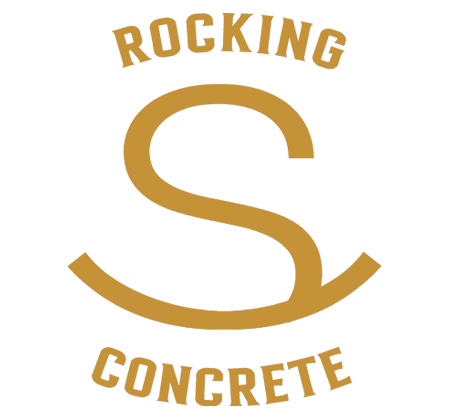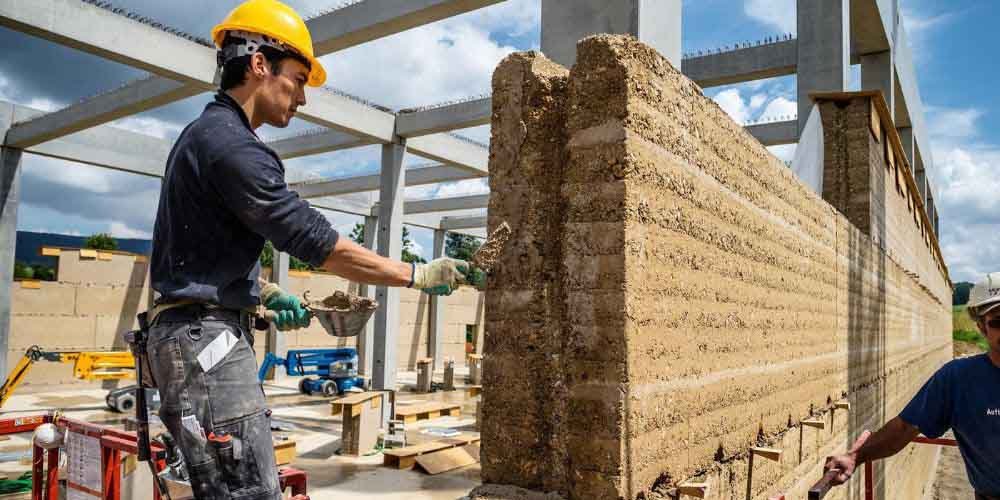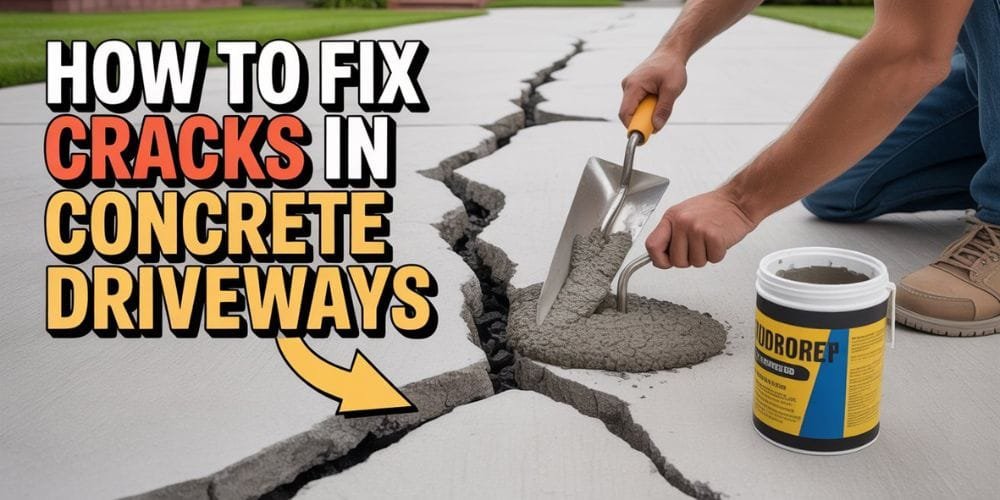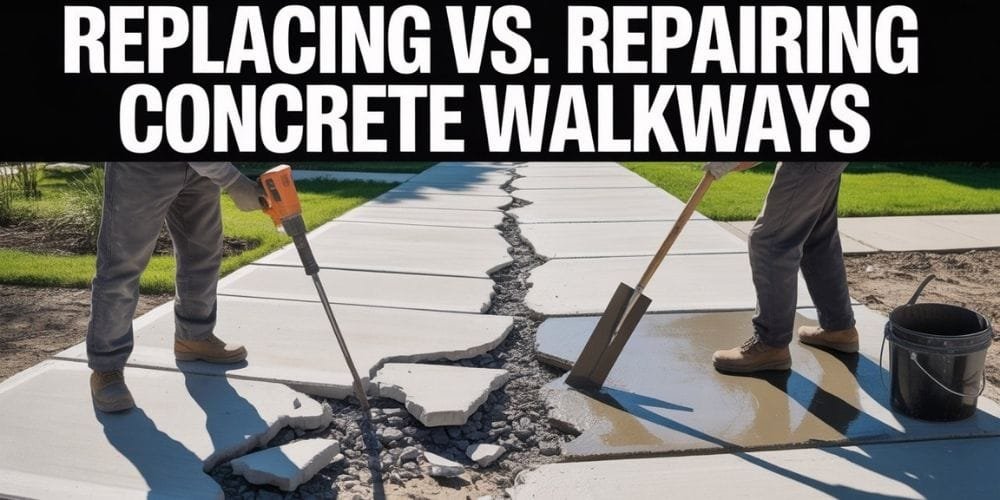In the construction sector, concrete is used everywhere due to its durability, versatility, and ease of creation. Therefore, it must be utilised in the most environmentally friendly manner possible. This is why many engineers and contractors seek out a variety of eco-friendly concrete solutions to apply in their planning for more sustainable construction and green infrastructure. By integrating eco-friendly building materials and advanced sustainable concrete systems, the industry can move closer to reducing its environmental footprint.
Here are some ways that concrete is integrated into more eco-friendly practices:
Recycled Concrete Aggregate
Recycled aggregate concrete (RAC) often refers to concrete that’s left over from demolition and construction debris. This debris then wholly or partially takes the place of natural aggregates, which means that not as much mineral extraction is needed to develop new sustainable construction materials. With a proper curing period of just over 90 days, RAC proves to be as structurally sound and effective as standard concrete, but engineers are still looking for ways to improve its durability in order to integrate it into more green construction projects that use eco-friendly green building materials.
Permeable Concrete Pavement

Pervious concrete is essentially a structural pavement that is porous, which allows for permeability. It is formed from a combination of cement, coarse particles, and water, just like traditional concrete. However, it has little to no sand, resulting in the porous, open-cell structure that allows water to easily travel through. The purpose behind integrating this green concrete into infrastructure projects is to reduce the amount of water runoff entering storm drains. Ideally, this water would go straight into the ground to keep aquifer levels stable. By stabilizing the groundwater level, this material reduces the requirement for irrigation by diverting more water to tree roots and landscaping. Likewise, it decreases contaminants that can pollute watersheds and damage delicate ecosystems—an essential step in green construction materials design.
Fly Ash Concrete
Fly ash is a fine-grey powder that is a byproduct of coal-fired power plants and is usually made up of spherical, glassy particles. Because it is a by-product and has a low energy content, fly ash is often described as an eco-friendly cement alternative.
Its primary use as a cost-effective material is to increase the flexibility of plastic concrete and to enhance the durability and strength of hardened concrete structures. When this material is added, contractors can decrease the amount of Portland cement in the mix, making it one of the most practical sustainable concrete solutions. Understanding the different cement grades is essential when selecting the right mix for both strength and environmental performance.
Geopolymer Concrete
This eco-friendly material provides another cost-effective alternative to Portland cement, just like fly ash. In fact, it’s mixed with fly ash and ground granulated blast furnace slag, which are waste materials from steel mills. This mixture improves the compressive strength of the concrete compared to Portland cement. After just 24 hours of installation, the compressive strength was found to be 25 MPa. Other beneficial traits include less drying shrinkage than standard concrete and enhanced resistance to fire and acid. As a form of eco-friendly cement, it helps advance modern green construction practices.
Low-Carbon Cement
Industrial cement is blended with mineral substances like calcined clays, fly ash, or blast-furnace slag to create low-carbon concrete. Depending on how many of these additives are used, concrete’s carbon footprint can be cut by as much as 70%. This represents one of the most impactful sustainable concrete mixing solutions for lowering emissions across construction projects.
Green Roofs and Living Walls

Green roofs present an environmental advantage by decreasing stormwater runoff, assisting buildings in maintaining a consistent internal temperature, and lessening the impact of urban heat islands. The longer roof life and energy savings from heating and cooling are only two of the considerable financial advantages of green roofs. Used alongside eco-friendly green building materials, they are key elements of sustainable construction materials.
Energy-Efficient Concrete Mix Designs
The concrete mixture, the type of mixer, the batch size, and the loading technique all affect how much energy is needed for the mixing operation. An efficient mixer blends all the components equally and with the least amount of energy.Working with the right concrete contractors can ensure these sustainable practices are applied effectively. By monitoring mix homogeneity, we may shorten the mixing process and cut down on power usage. These sustainable concrete systems demonstrate how innovative sustainable concrete mixing solutions can make construction greener.
Rainwater Harvesting and Reuse

Urbanization’s negative environmental effects on receiving water bodies can also be mitigated by rain and stormwater collection. Thus, you might see more efficient systems developed to catch and store rainwater. The best material for this purpose would be concrete, which lasts longer than wooden barrels and won’t corrode like metal
Carbon Capture and Storage
CCS (Carbon Capture and Storage) is a potent instrument for the mitigation of carbon gases in the environment since it allows industry to continue operating while producing fewer greenhouse gases (GHGs). In relation to concrete production, practices include:
- Utilising recyclable and renewable green construction materials in projects to cut down on waste and energy usage.
- Regulating waste management, including waste separation and recycling.
- Transforming old structures through adaptive reuse.
- Taking care of building sites to enhance conservation initiatives.
Working with Professional Contractors
Rocking S Concrete places a lot of emphasis on using practical solutions that are great for infrastructure, building, and sustainable building while decreasing the industry’s impact on the environment by employing sustainable construction techniques, energy efficiency, and green technology. Our designers and contractors are always looking for ways to provide sustainable structures while taking care of our environment.
